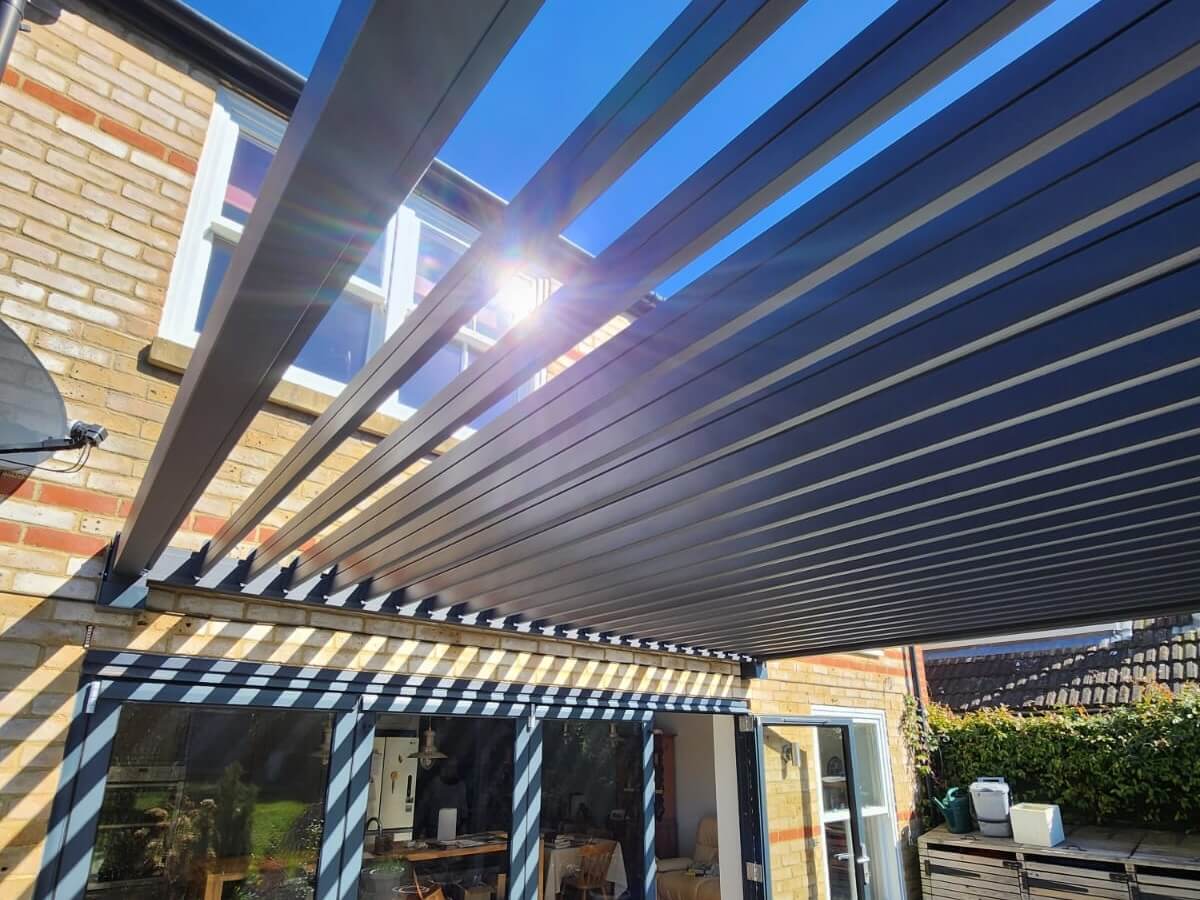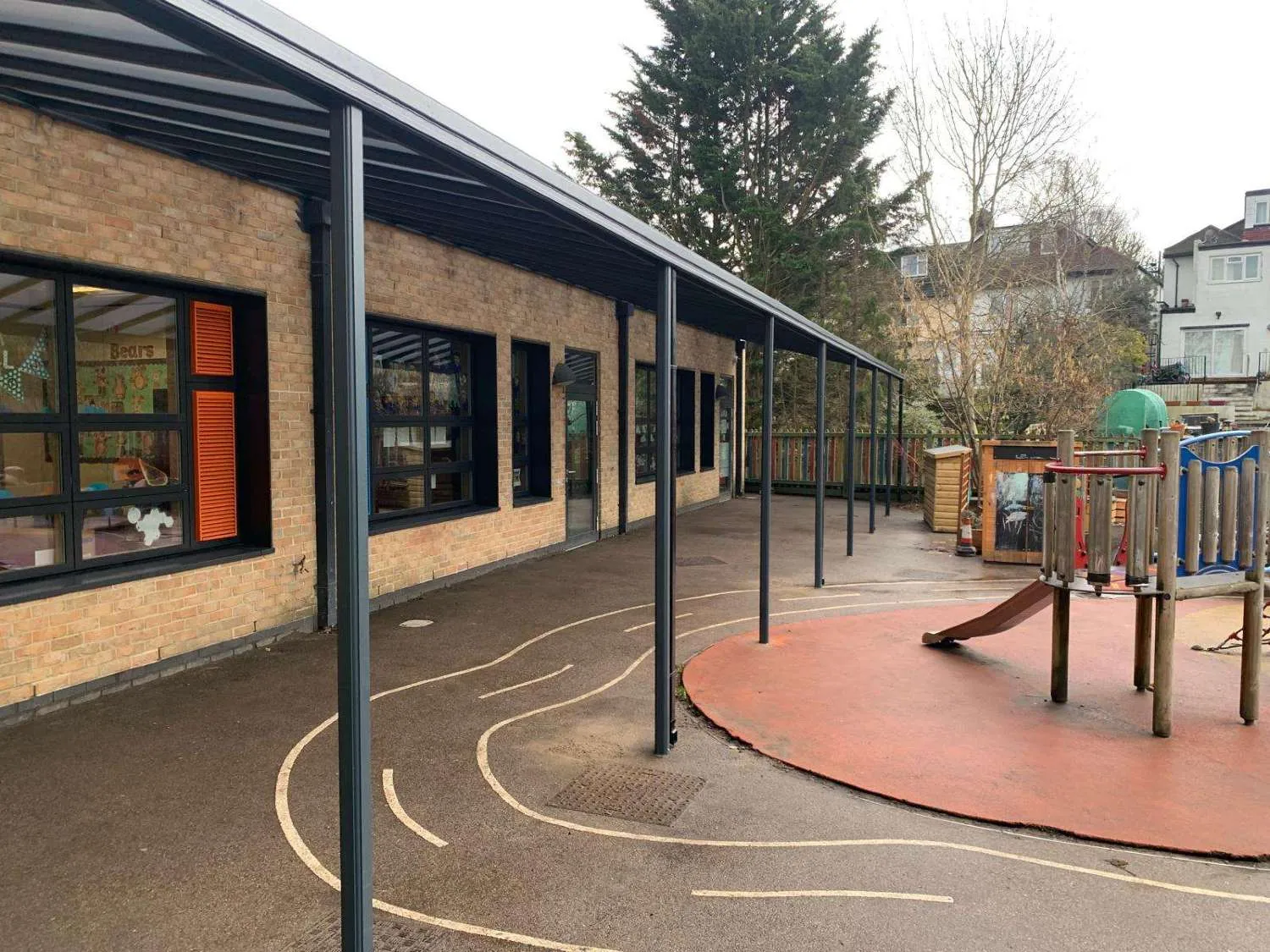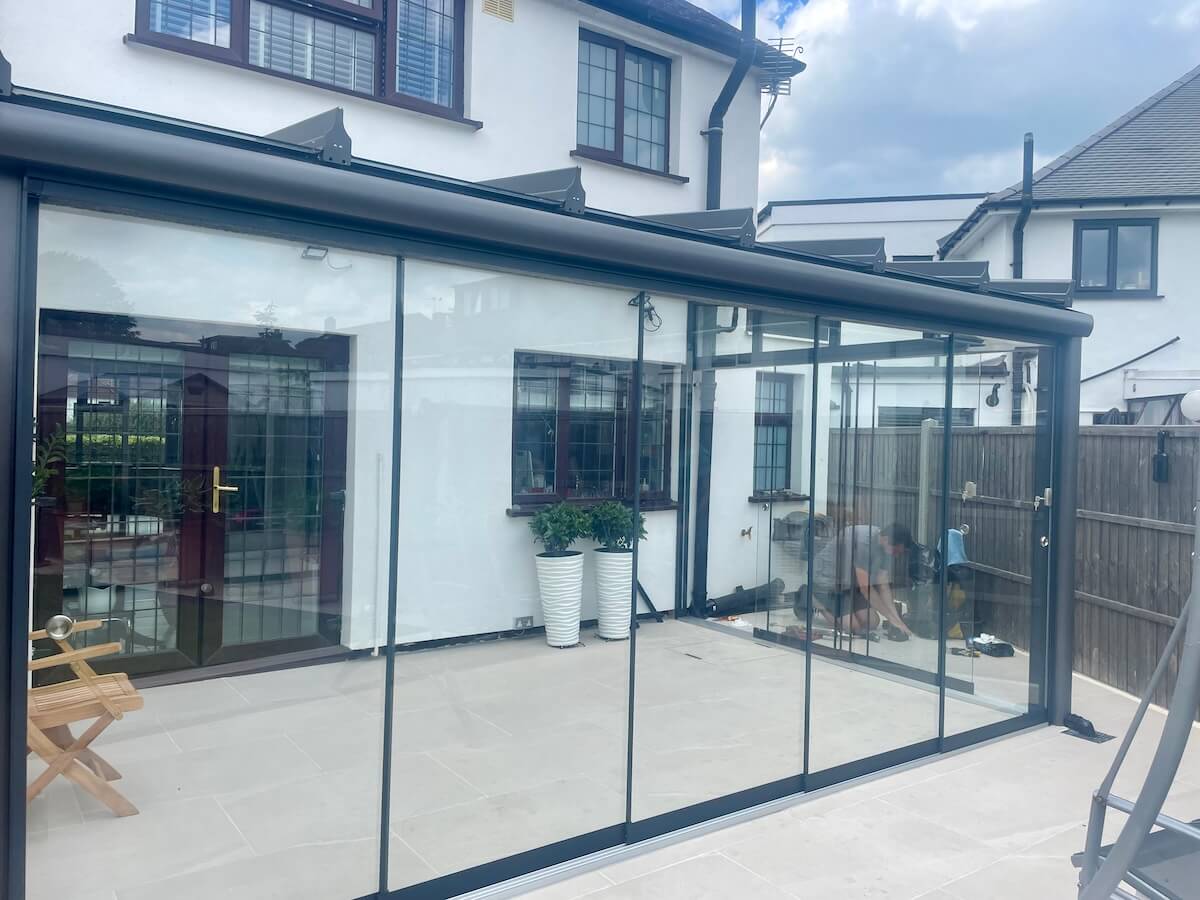We answer a common question: is it normal for my awning cover to have creases and ripples?
Awning fabrics’ product characteristics The primary function of an awning fabric is to protect against the sun. It casts a shadow and blocks out glaring light, U.V. rays and excessive heat. What’s more, the shape and colour of the fabric also create a pleasant atmosphere.
No matter how modern, complex or careful the manufacturing process is, it is not possible to completely rule out minor blemishes in engineering fabrics. For this reason, please understand that we cannot accept such “irregularities” as justified grounds for complaint.
The woven fabrics that our manufacturer’s engineer meet stringent quality requirements and undergo extensive laboratory testing during the production process.
Using recognised measurement methods, the grammage, maximum tensile strength, maximum tension force, tear propagation force, water pressure resistance, hydrophobicity, light fastness, weathering fastness, solar energy performance and other properties are subjected to rigid testing.
- Creases Creases can form when sun protection fabric is manufactured and folded. When folding a sun protection fabric, especially when it is a light colour, a dark stripe may become visible when held up against the light.
- Rippling near a seam Awning fabrics are generally manufactured from units approximately 120cm wide. When awning fabrics are sewn together, the seam and hem areas have two layers: upper and lower. When the awning fabric is rolled up, tensions will occur between these two layers. Given the thickness of the fabric (approx. 0.5mm), the upper unit has further to go than the lower one – a whole 3.14mm per revolution. Over the entire length, a fabric is rolled up, and both the seams and side hem become overstretched. This leads to the fabric sagging in this area – the fabric becomes wavy. This unavoidable effect does not impact the fabrics’ quality, function or service life.
- Effect of honeycombing Awning fabrics are sewn in the direction they hang to ensure that the tensile stress does not impact the warp threads. These are woven tighter than the wefts to accommodate the tensile force as best as possible. As a result, a honeycomb effect may arise depending on the weather conditions and fabric size. This effect is amplified in unfavourable lighting or humidity conditions when the fabric is retracted when wet.
The fabric must be set at an angle of at least 14 degrees to ensure that any rainwater coming into contact with it drains off. This prevents pooling and the emergence of dirt stripes. Honeycombing can extend as far as the centre of a panel. This effect has no negative impact on the fabrics’ quality, function or service life.
For more info, visit our Awnings page.







